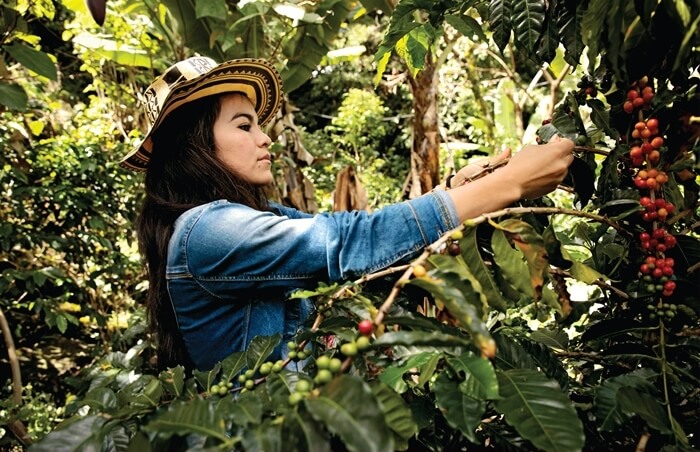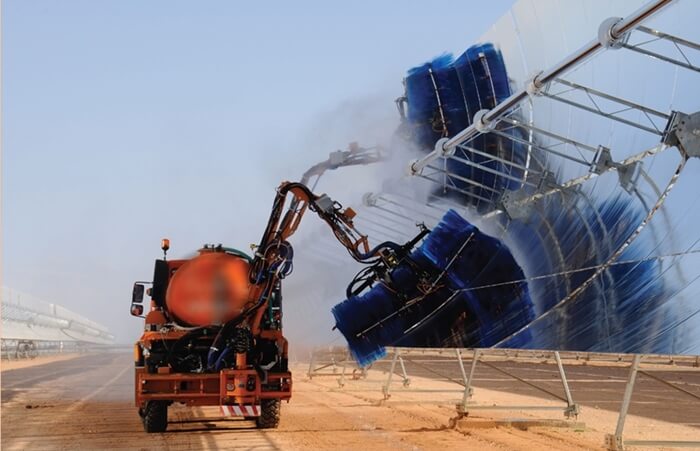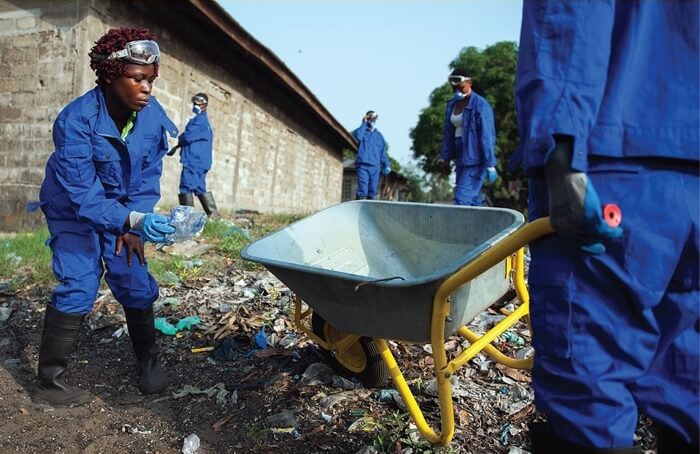Excerpt from nature.org
On O‘ahu, just 14 miles from downtown Honolulu, Kāne‘ohe Bay has long seemed a world apart—a serene idyll framed by the lush Ko‘olau mountain range. In the early 2000s, the turquoise lagoon—the largest sheltered body of water in the Hawaiian Islands—was as picturesque as ever. But beneath the surface, the bay was in trouble.
Invasive algae smothered the coral reef. The mountain streams that fed the bay carried pollutants—suburban runoff, sediment and debris—if they flowed at all. Invasive mangroves choked the shoreline, turning the tidal flats into a weedy mess.
The Nature Conservancy teamed up with the University of Hawai‘i and the state’s Division of Aquatic Resources to clean up the bay. In 2005, they deployed a device nicknamed the “Super Sucker” to vacuum suffocating algae off the reef. Then they brought in hundreds of thousands of native sea urchins to prevent the algae from growing back on the reefs or spreading to other parts of the island. The results were dramatic: Corals freed from algae immediately began to recover.
But bigger questions hung over the bay: What had caused this imbalance on the reef? And what could be done to make the bay’s ecosystem more resilient?
A Native Hawaiian scientist and seaweed expert on the TNC team, Koa Shultz, turned his focus inland. He began meeting with local elders to discuss the possibility of reviving a traditional Hawaiian land-management concept that views upland and coastal waters as intricately connected.

Island Innovation is a social enterprise and digital media company at the intersection of sustainable development and communications, offering specialised services across various sectors. We bring together the private sector, government, utilities, NGOs and universities to advance innovation for sustainability and prosperity in islands worldwide.















